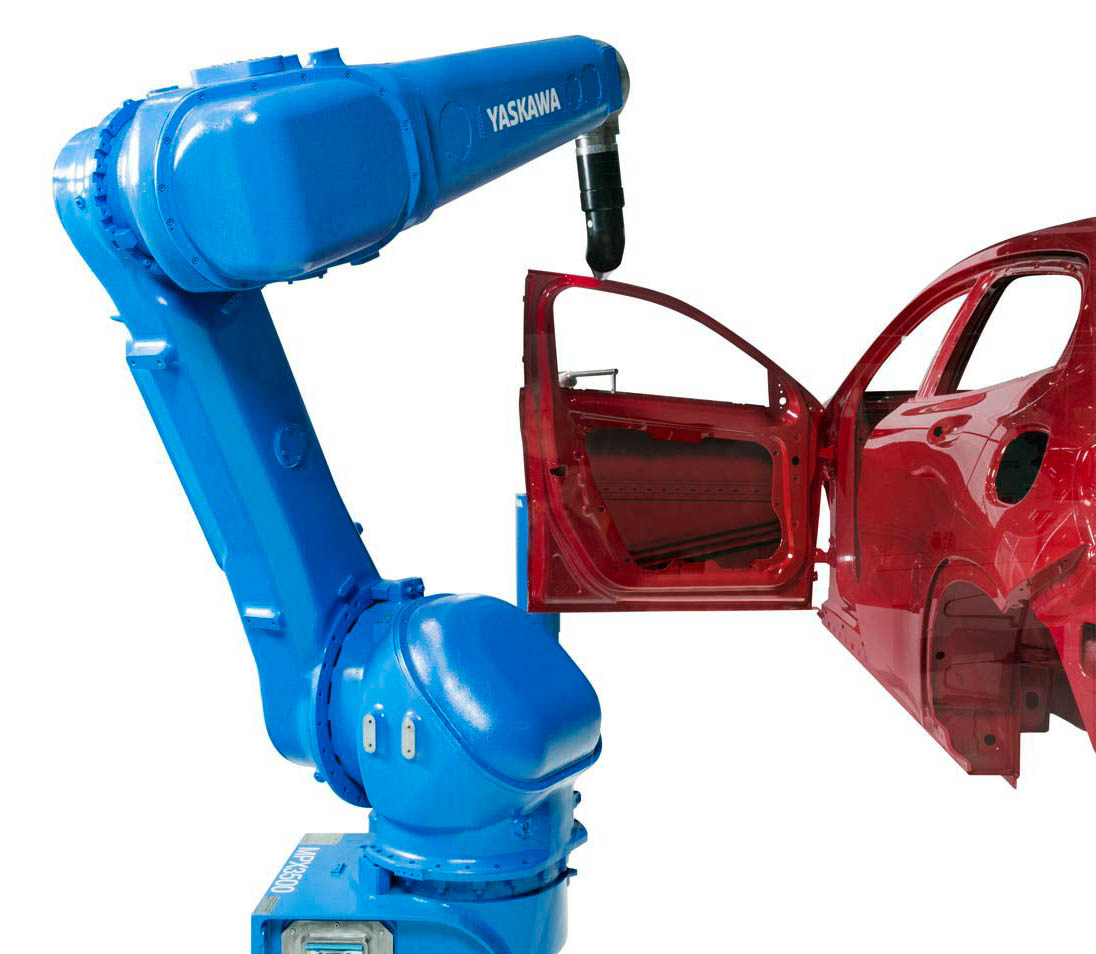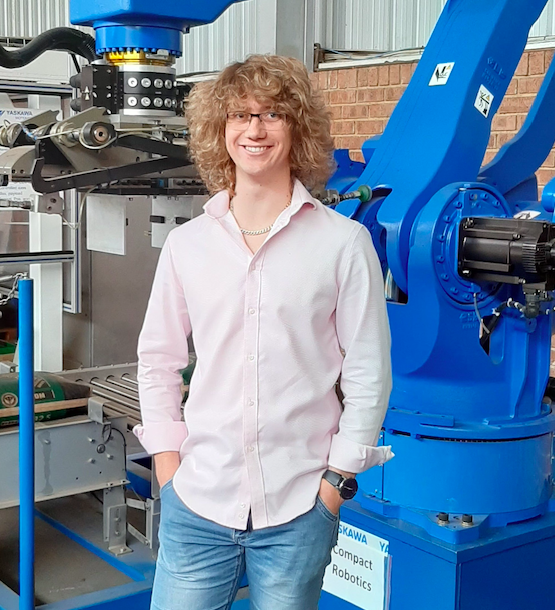For a long time, the most common form of industrial painting required the use of human specialist coating teams, and typically, these jobs included the painting of warehouses, machinery or automobiles. It is a large-scale process that demands high levels of safety measures and protective gear and is prone to errors that waste resources, time, and money.
Today, advancements in the world of industrial robotic solutions have paved the way for painting robots. These sophisticated machines offer large-scale manufacturing operations, a customised automation solution that boasts precision, efficiency, programmability, and safety, particularly in the automotive industry. Globally, the implementation of painting robots is well-established and still steadily growing. In South Africa, we have seen the automotive industry come a long way in their use of painting robots with the industrial sector starting to catch on.
Compared to most other industrial robots, painting robots are built to perform significantly more complex motions and have added safety features due to the hazardous environments in which they operate.
“The biggest difference between general purpose or welding robots and painting robots lies in how the joints work,” says Yaskawa Southern Africa’s System Solutions Engineer, Riccardo Ferrari. “The end of the robot works in pipes and it adjusts to weird angles when it rotates. This allows for a far more natural brush stroke motion than we would achieve otherwise.”
Considering the health and safety aspect of industrial painting, humans need to wear full-body protective gear and masks to protect against toxicity. Above that, industrial painting operations are serious fire hazards. Painting robots remove the need for people to be exposed to harmful chemicals and are built to mitigate the risk of fires.
“The Painting environment can typically be a dangerous environment as vaporised paint is highly flammable, so all painting robots have strict safety measures in place,” Ferrari explains. “There can be no sparks of any kind in the atmosphere because these could create an explosion. Therefore, painting robots are hollow on the inside and we pump positive pressure internally to make sure that no fumes get into the electricals. This standard meets the European explosion-proof rating. All parameters are met including limiting maximum voltage and current, and using protective seals on specific points.”
Painting robots are long-term investments that are the first and foremost tools of increased efficiency. It is for this reason that they are more typically seen in mass-production applications such as the automotive industry. Quality control is imperative on large-scale operations and the level of reliable repeatability that a painting robot can achieve exceeds that of even highly skilled people.
“One of the biggest advantages is time, and the other is uniformity,” says Ferrari on the benefits of painting robots. “When you are looking at motor vehicles, if there is a blemish in the paint, there is a massive cycle that the chassis needs to go through before it can go out onto the line. This is not only time-consuming but will also cost companies a lot of money to rectify.”
“Painting robots are made with a left and right hand,” Ferrari elaborates. “This is for added flexibility in the way the robot moves and is optimised for each use. In a typical setup, there is an object in the middle with arms on either side of it. Automotive manufacturers often use their reach and flexibility in a synchronised pattern, with the option of setting them up asymmetrically to paint around each other.”
As the world continues to adapt advanced robotics into various industrial operations, painting robots are cementing their positions in not only the automotive industry but many others due to their benefits of speed, accuracy, health and safety improvements and quality control.



